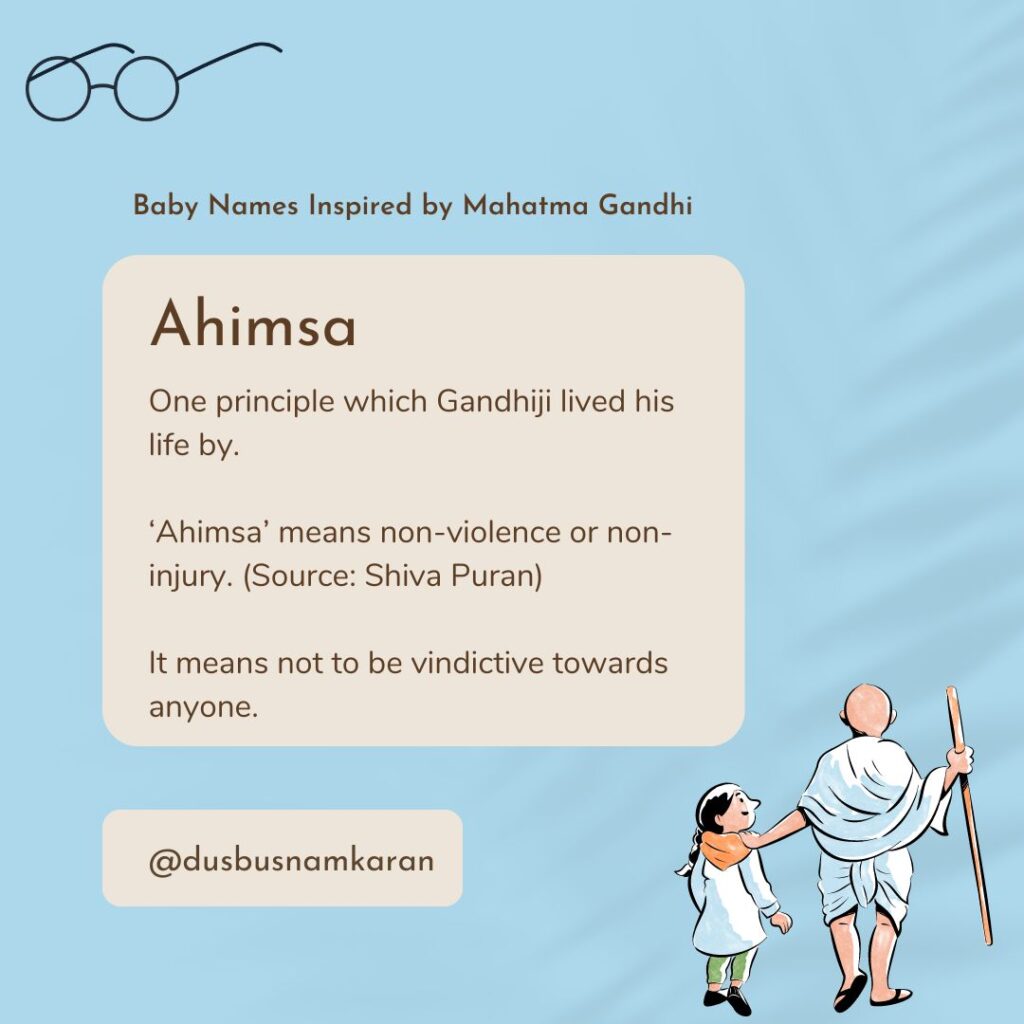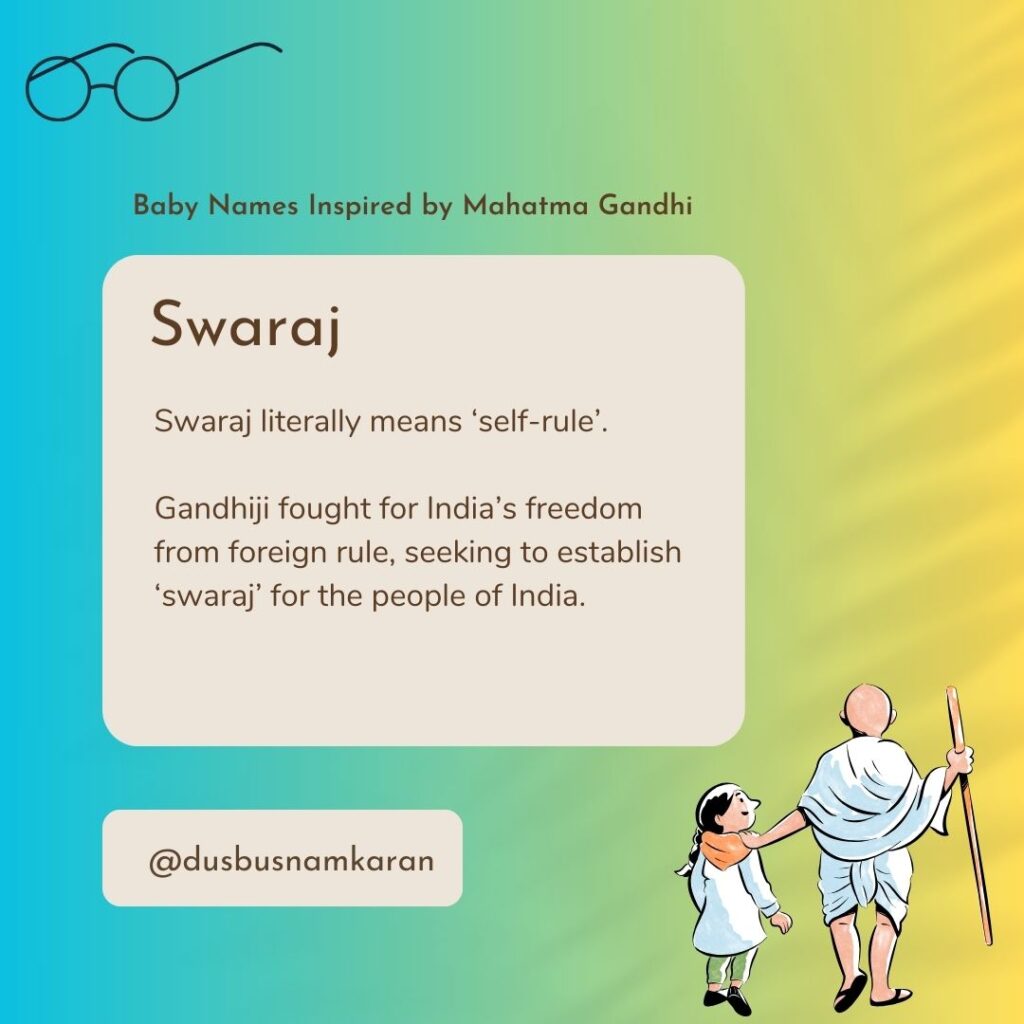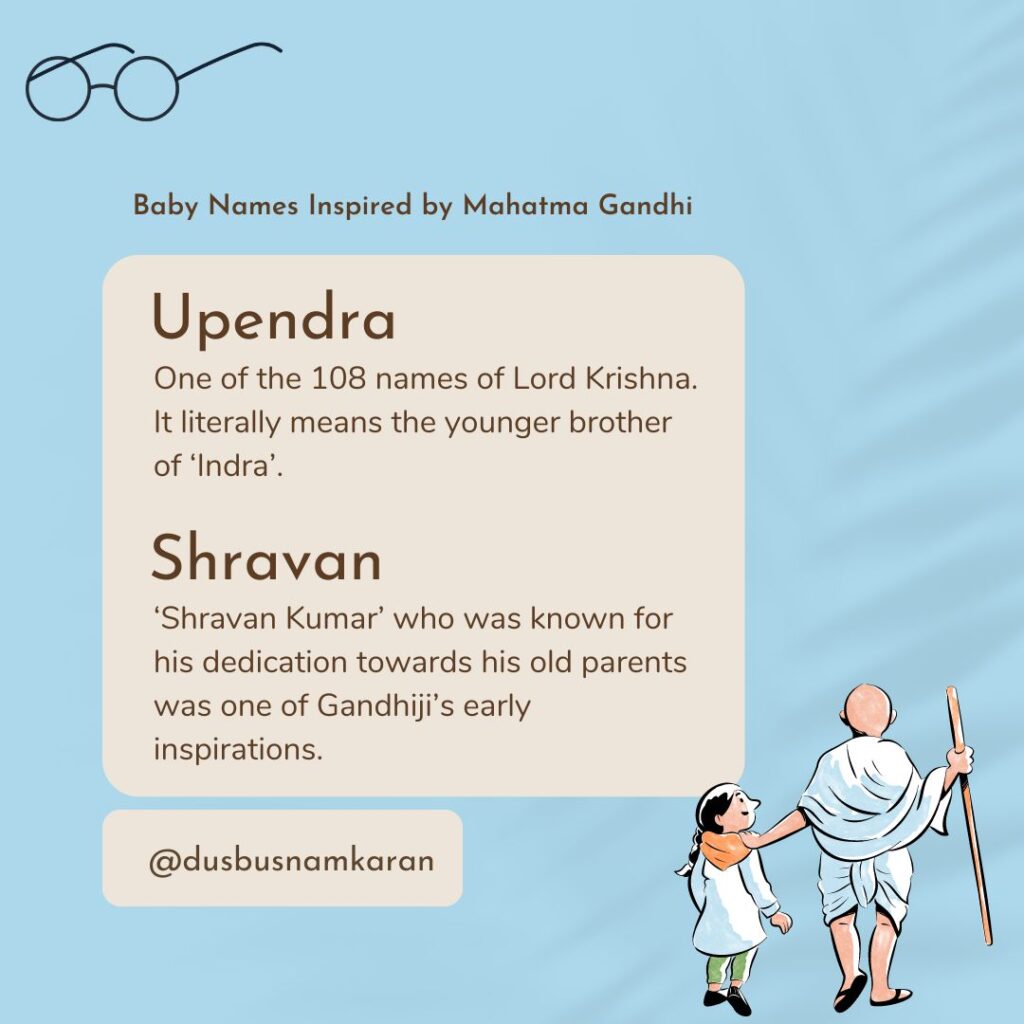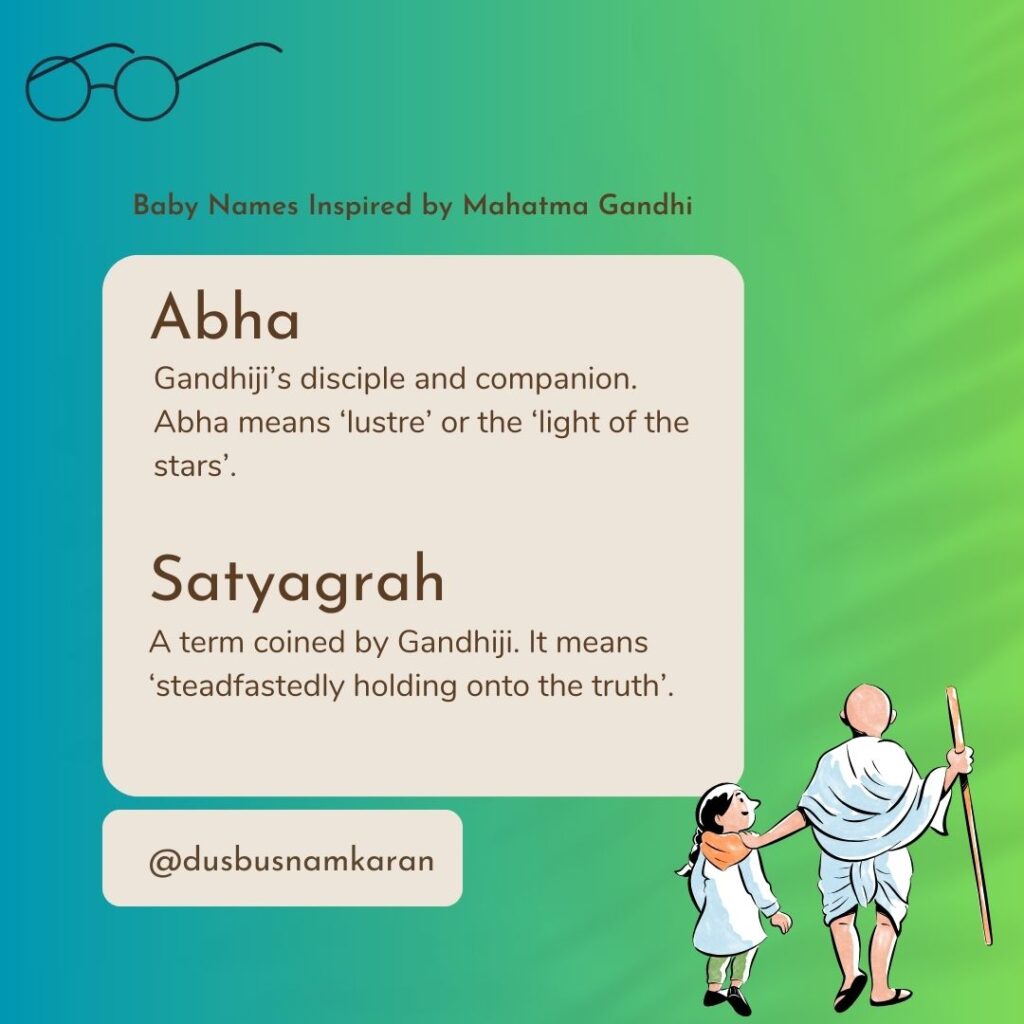In a small village in Gujarat, not too far away from Porbandar, lived a girl named Harishaa. She was an eager, bright kid. One day, her school teacher talked about Mahatma Gandhi, whose life was devoted to the principles of truth and non-violence.

The principle of Ahimsa, the practice of non-violence, deeply resonated with Harisha. She learned that Ahimsa wasn’t just about avoiding harm to others physically, but about maintaining peace in thought and action. Gandhi’s firm belief in Ahimsa was a guiding light for those who sought justice without hatred, and Harisha was determined to live by this principle.

Harisha’s world expanded as she discovered Swaraj, the concept of self-rule. To Gandhi, Swaraj was more than political independence from foreign rule; it was about personal sovereignty—self-discipline, responsibility, and the freedom to choose the right path. Harisha dreamt of a world where every individual had the strength to rule over their own desires and live with dignity and compassion.

Guided by these values, Harisha began a journey to a nearby town where she hoped to meet the revered leader Vinoba Bhave, a disciple of Gandhi, known for his humility and wisdom. Vinoba had dedicated his life to service, particularly through the Bhoodan movement, which aimed to redistribute land to the poor. His work embodied the spirit of both Ahimsa and Swaraj, showing how small acts of kindness could lead to transformative change.

On her way, Harisha met Upendra, the Principal of a small village school, who taught his students the importance of moral courage and empathy. Upendra told Harisha about Shravan, a legendary figure from ancient India who was revered for his selfless devotion to his parents. “Gandhi was like Shravan in many ways,” Upendra said. “He lived for others, always thinking of the greater good, and his dedication to his people was unwavering.”

As Harisha continued her journey, she found herself reflecting on the strength of Abha, a symbol of grace and purity. Abha, like many women who supported Gandhi, was an example of quiet resilience. Gandhi often spoke of women as the true custodians of non-violence, for they held the power to nurture peace within their families and communities.
Eventually, Harisha reached the town square, where a crowd had gathered for a discussion on Satyagrah. The term, coined by Gandhi, represented the force of truth and love in the face of injustice. Satyagrah was not passive resistance; it was an active form of civil disobedience, one that required immense courage and unwavering faith in truth. Harisha knew that this philosophy was the heart of Gandhi’s movement, and she felt inspired to carry it forward in her own life.

By the time Harisha returned to her village, she was a transformed person. She realized that Ahimsa, Swaraj, Vinoba’s humility, Shravan’s devotion, Abha’s resilience, and the spirit of Satyagrah were all interconnected. They were not just ideas, but a way of life – a path that each individual must walk if they wish to contribute to a just and peaceful world.
Harisha began teaching these values to the children of her village, believing that change started from within and spread outward. She knew that the journey would be long and full of challenges, but as Gandhiji had shown, even the smallest acts of truth and non-violence could shake the foundations of oppression and bring about true freedom.
And so, her village flourished under the light of these timeless principles, each name becoming a living part of the legacy left behind by Mahatma Gandhi.

Leave a Reply